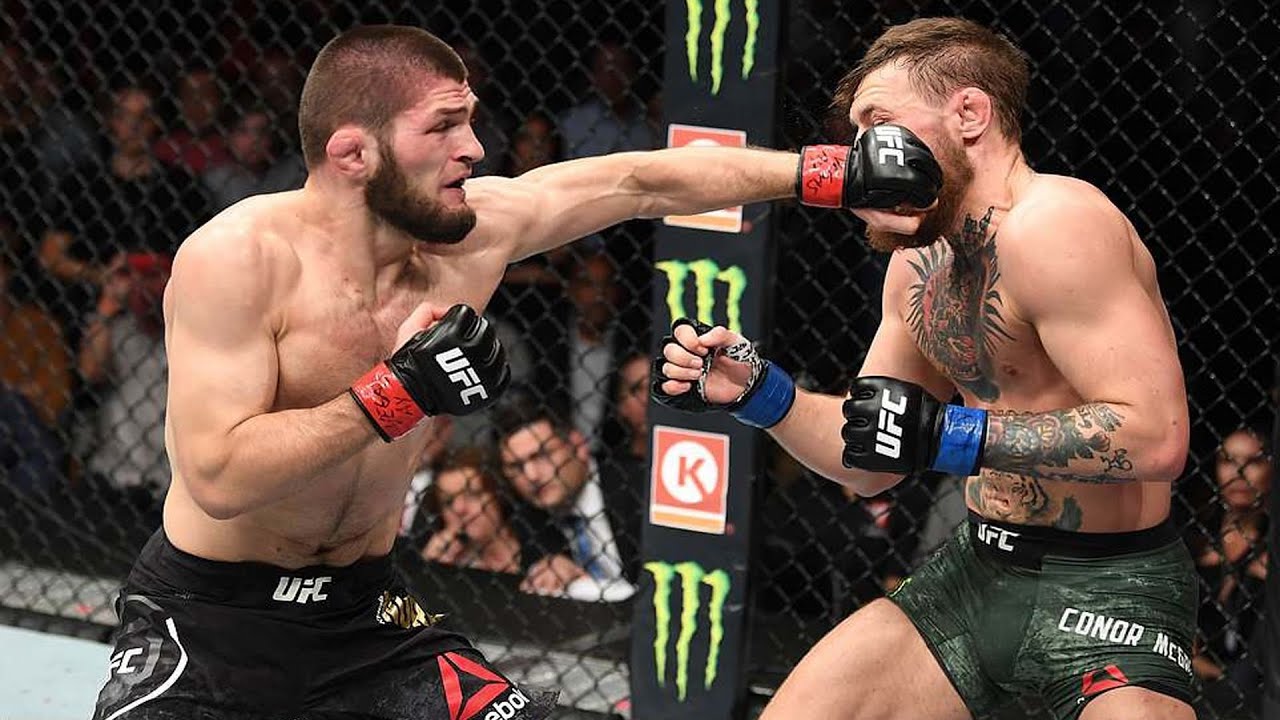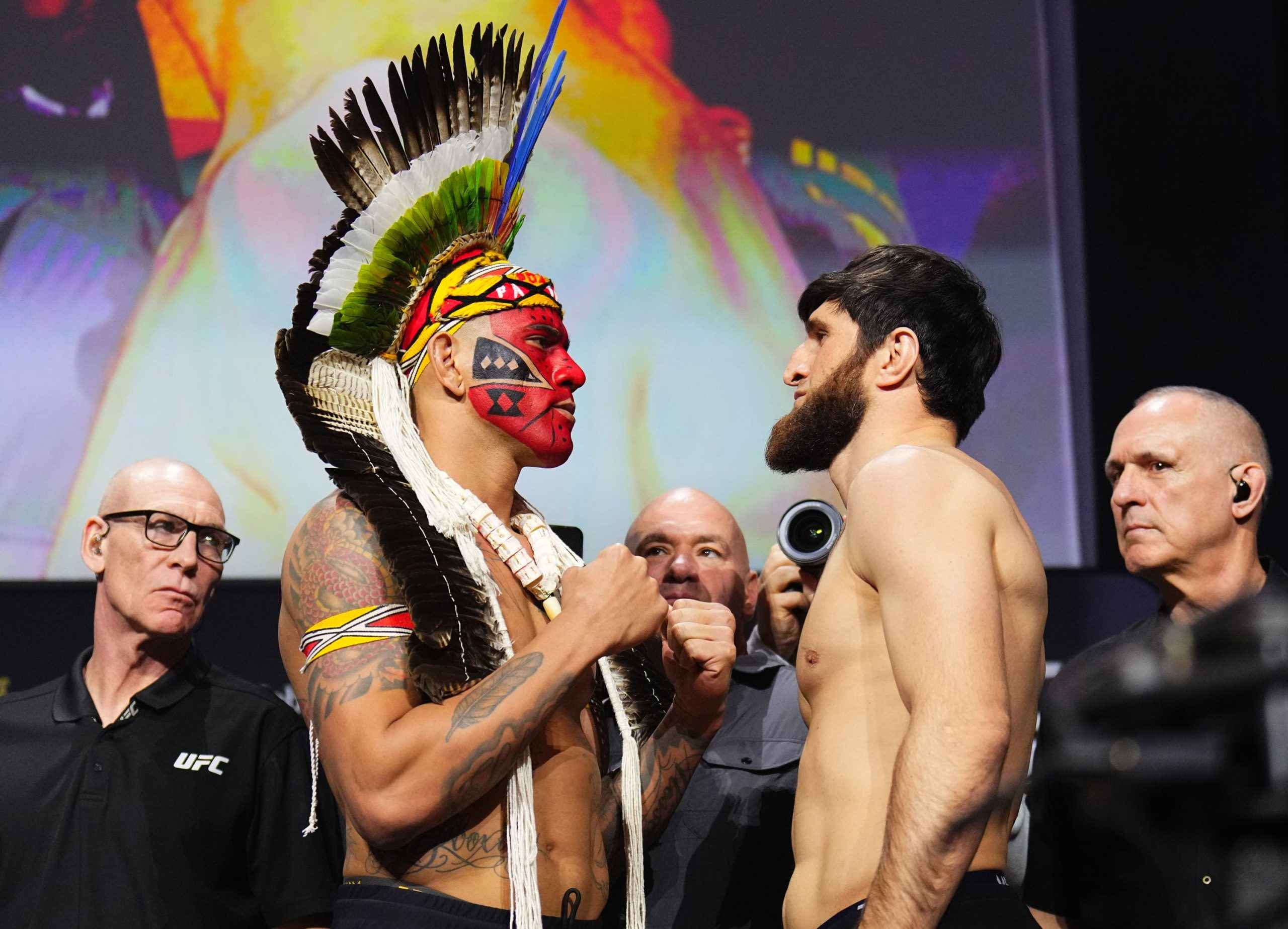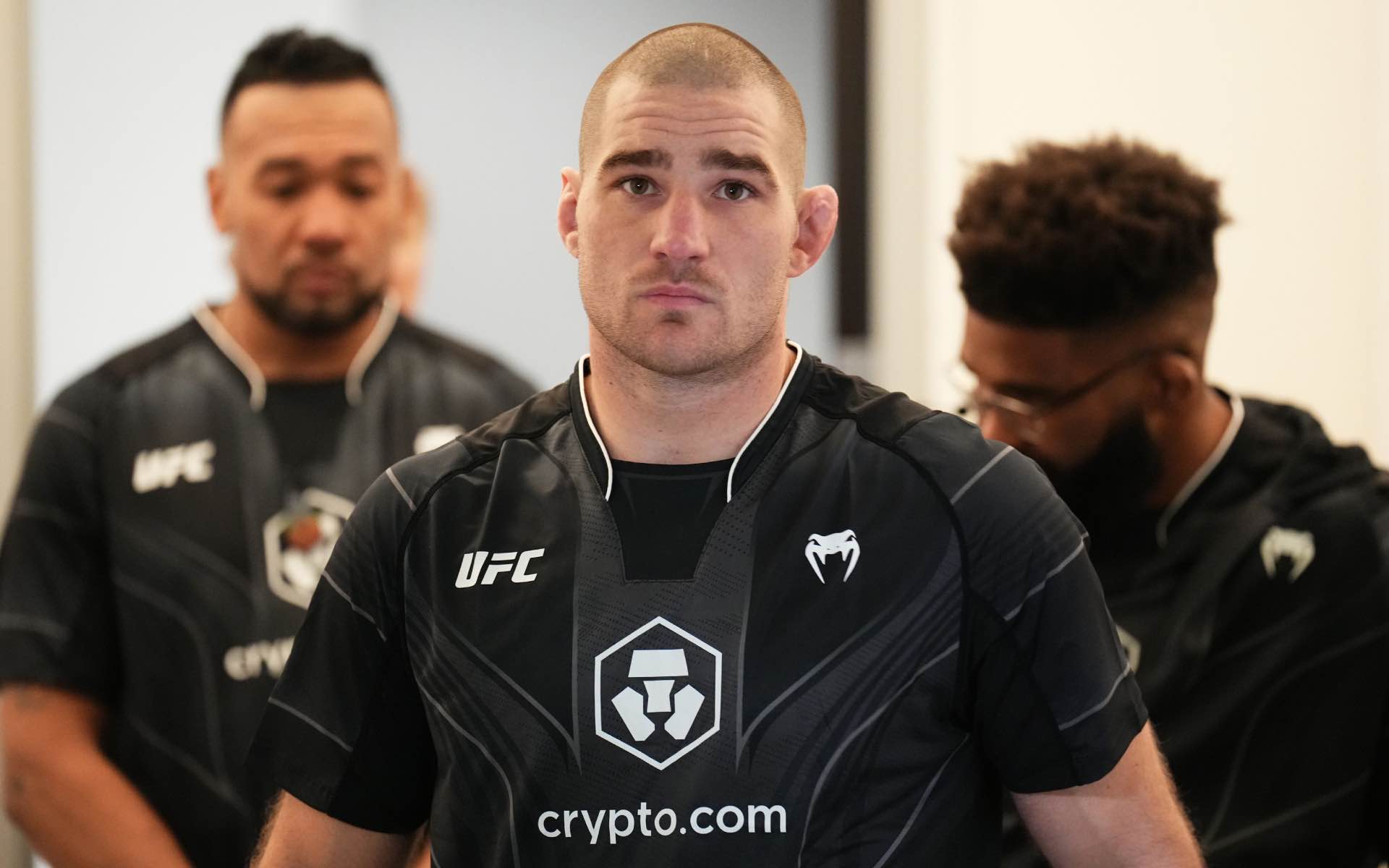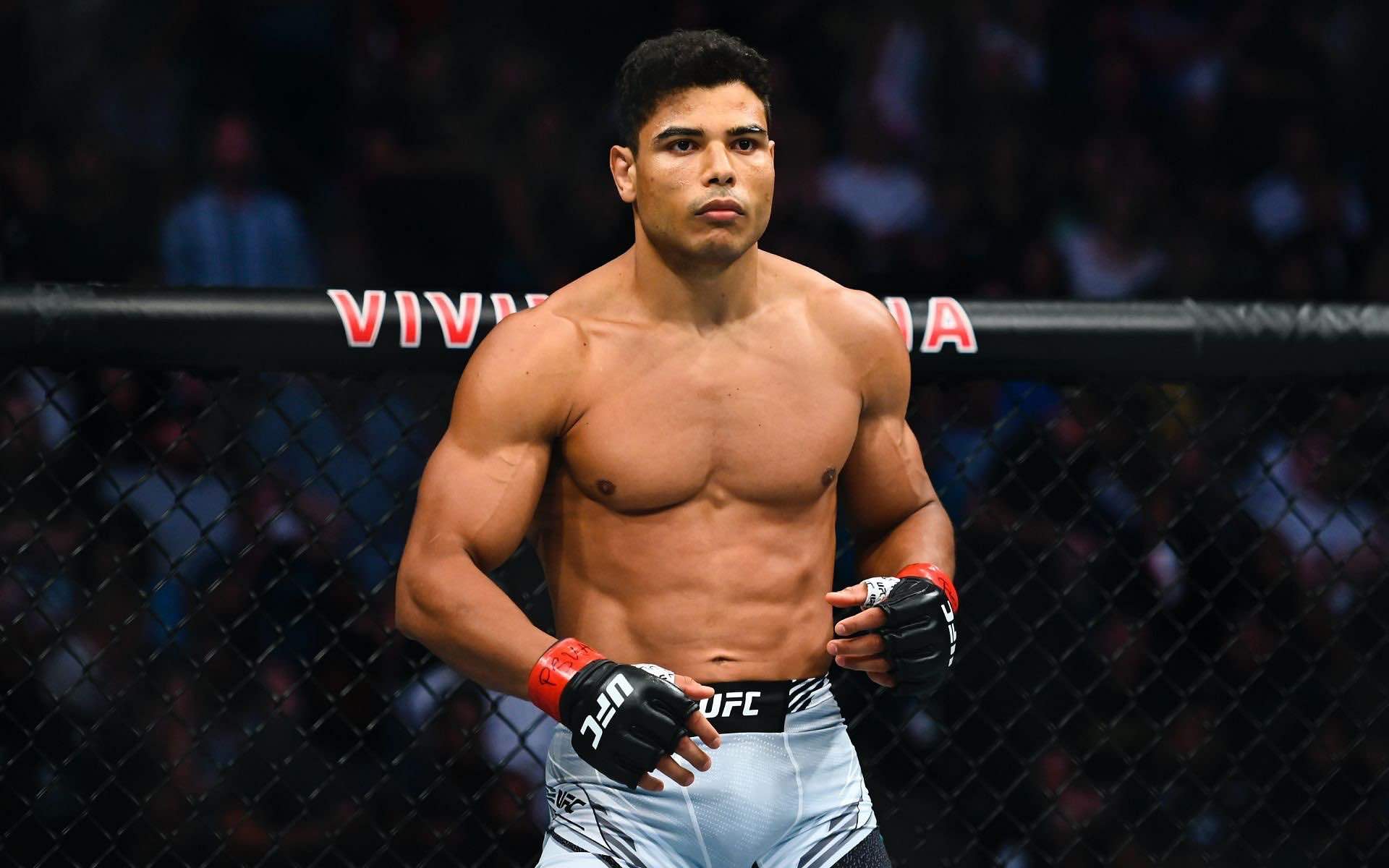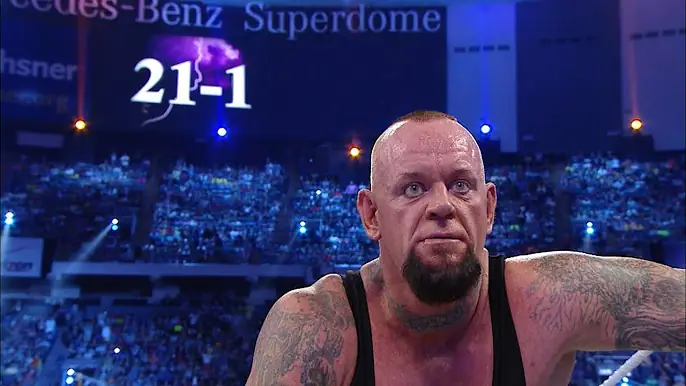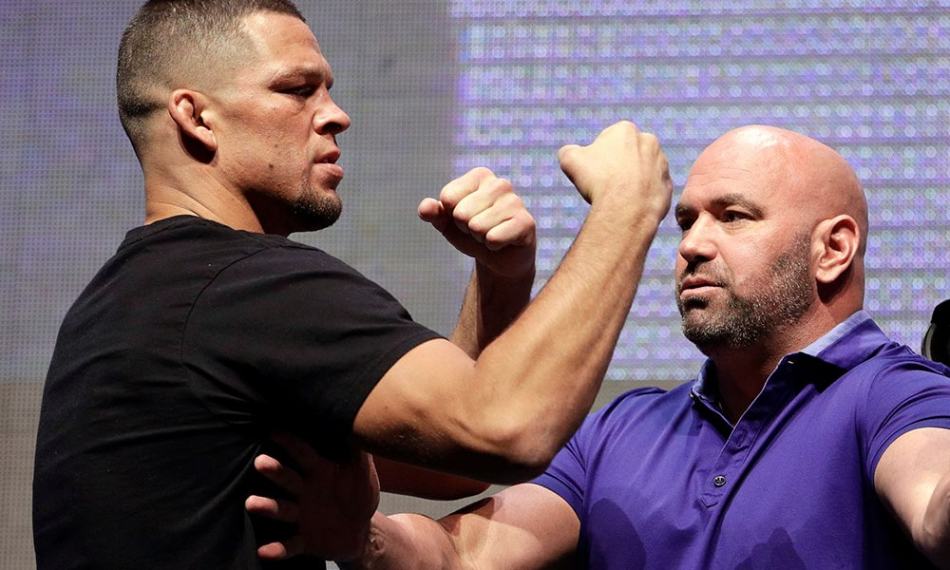How UFC Fighters Cut Weight: Techniques and Challenges
Weight cutting is one of the hardest and most prominently discussed topics of mixed martial arts. UFC fighters tend to put themselves through rigorous weight cuts just to compete in lighter weight classes in hopes of gaining an advantage in size and strength against their opponents. This process is without a doubt grueling and dangerous, leading to greater physical and mental trauma. This paper discusses the weight-cutting practices for UFC fighters, presents the challenge, and raises the controversy regarding the topic.
- The Fundamentals of Weight Cutting
Weight cutting in the UFC would be the process of losing a lot of weight, usually by dehydration, which may take days or hours before the fight. The procedure is typically mainly aimed at ensuring the fighter meets the weight limit for a given weight category, usually not more than a day before the actual fight. Most importantly, after the process, they rehydrate and re-feed, often gaining quite some weight before stepping into the Octagon.
For example, a fighter who competes at welterweight, which is 170 pounds, can easily walk around at 190 pounds and above during his training camp. In the remaining days to his fight, he will cut to 170 for weigh-ins and rehydrate to a way heavier weight for the fight.
Weight cutting is, in fact, highly common but also one of the most risky practices in combat sports. Measures for shedding pounds fast include dehydration, electrolyte imbalance, kidney damage, and so forth.
- Weight-Cut Techniques
A fighter applies many tricks to shed pounds, such as reaching for the water weight in every tissue of the body possible. The most common methods include:
Water Loading
Water loading is the process in which a contender consumes a lot of water—up to two or more gallons a day during the week before the weigh-in. In such a way, one fools the corresponding body to lose more sodium and then to increase urination of necessary fluids. Then, in the day or two prior to the weigh-in, drastic reduction of water consumption is affected. The effect which has been noted is speedy dehydration in a process termed quick weight loss as the body will continue excreting water.
Carbohydrate Restoration
Carbohydrates are stored in the body as glycogen, which retains water. Removing carbohydrates from the diet will lower the glycogen stores—and, hence, the amount of water—in the body. Usually, this is the last minute trick an athletic person uses before a weigh-in.
Sweating
The most direct way to drop water weight is through sweating. This often sees boxers go into saunas, steam rooms, hot baths, or sometimes just in heavy clothing to try and break a sweat while working out. This can be effective but does carry the risk of dehydration and heat-related illnesses.
Salt Manipulation
This is because sodium helps retain water; therefore, by critically cutting down on sodium consumption, a fighter can enable the body to lose as much water as possible. This is always done in conjunction with water loading for maximum loss.
Others go as far as taking diuretics that will increase the output of urine. Outrightly banned in the UFC, diuretics have every reason to be such because, aside from having their abuse, this can lead to dehydration, imbalances in electrolytes, and problems in kidneys. The use of diuretics can as well lead to a failed drug test and suspension.
This makes fighters go to the extent of short-term fasting, trying to alter their body weight by cutting down on calories assumed on a daily basis to burn body fat and hence lower the amount of food in the digestive system. For as much as this can be seen to be of benefit, it also has its associated risks, especially with the inclusion of other extreme means of cutting weight.
- The Mental Challenges of Dehydration
Weight cutting is both a physical and mental exercise. The process brings stress, changing people’s mood and many into an irritable and anxious state. In the process, fighters have to deal with a psychological strain of being hungry, thirsty, and fatigued all while remaining focused on their impending fight.
With mental toughness, one can go through the after-effects related to weight reduction. The mental aspect, while a fighter sometimes goes through, has been compared with a mental test preparing the fighters for an actual fight, measuring discipline and determination. However, the negative mental strain can damage the performance of a fighter, especially if the weight is not correctly managed.
Added to this, fighters shall dread not making weight because it will lead to monetary fines, prospective bonus losses, or possibly fight cancellation. The pressure to be on point with weight definitely puts an extra layer of stress on an already difficult process.
- Rehydration and Recovery After Weigh-in
After weigh-in, the focus is shifted to rehydration and recovery. An average sports fighter gets 24-36 hours to rehydrate, refuel, and collect all strengths and energy again for performing in the octagon at peak level.
Rehydration
The most important part of a recovery phase post- weigh-in is hydration. Fighters have quite often used oral rehydration solutions added to their electrolytes, such as sodium and potassium, usually in time for the body to restore its fluid balance. Oral rehydration solutions are much more beneficial and effective than water since it dilutes electrolytes, making such imbalances even worse.
Some fighters speed this process along through intravenous (IV) rehydration, a controversial practice banned by some athletic commissions. The UFC’s anti-doping partner, USADA, generally prohibits most uses of IV rehydration for just that reason: because it can all too easily mask drug use.
Automating
Refueling: post-weigh-in, The need to restore the glycogen stores in the body is well supplemented by carbohydrate intake, albeit with the help of protein and fats to make for the fighter’s recovery. Fighters usually prefer many small, frequent meals in the hours after the weigh-in to avoid overloading their energy levels and not to stress the digestive system too much.
After rehydration and refueling, he just focuses on resting, letting his already arduous body recover from the stress of weight cutting. Sleep, at this time, is of particular essence this being both the restoration of the fighter to the energy and concentration levels before his execution in the contest.
Such vicious weight cuts not only take a toll before competitions but also remain so afterward that there is no faster recovery—a destructive advance —just pulling down performance, endurance, and capacity to even absorb a punch. This is where acquired proper weight management and recovery greatly factor a fighter’s success.
- Weight Cutting Risks and Dangers
Weight cutting is a very dangerous undertaking to a fighter’s health when not done right or too strictly. Some of the possible risks include actions like:
Dehydration
Perhaps the most immediate and frequent risk with weight cutting is dehydration. The extreme of this will cause dizziness, fainting, damage to one’s kidneys, and, in worst-case scenarios, organ collapse. It also decreases the volume of cerebrospinal fluid, so a fighter would have an increased risk of brain injury while in competition.
Electrolyte Imbalances
Electrolyte losses through profuse sweating and dehydration can lead to imbalances which manifest as muscular and cardiotoxic effects and thereby impact one’s general health. The potential toxic effect of this electrolyte imbalance, exemplified as cramps, fatigue, or cardiac arrest, is dramatic.
Renal damage
Repeated weight cuts, especially with the use of diuretics or severe dehydration, are likely to lead to acute kidney injury. This can then cascade over time into a critical condition of chronic kidney disease.
Immune System Weakened
Stress from cutting weight immediately weakens the immune system, allowing fighters to fully expose themselves to infections and illnesses. It’s really distressing to think that fighters need to go into the ring during these days when their body is already stressed.
Reduced Cognition
Extreme weight cutting can lead to severe impairment in brain function: less cognitive ability, slower action over time, and diminished clarity of being—all these result in the impairment of the fighter’s performance inside the Octagon and an increased susceptibility to injury.
Long-term health complications
Humanly: The long-term health consequences of repeated cuts in weight are not understood, but there is increasing apprehension that it could result in lasting damage, particularly to the kidneys, heart, and brain. Fighters with a high degree of weight cutting that is aggressively practiced throughout their career are apparently going to result in future health issues as they take off into rest.
- The Weight-cut Debate in MMA
The dangers the practice poses to the fighters has seen the debate never-ending on whether the sphere of MMA shall reform it or even trash it. Here are some of the highlights of this debate:
Calls for Reform
Many fighters, coaches, and other medical professionals alike have tried putting out weight-cutting reforms. Some suggest making the check-in at short intervals before fight week, while others call for stricter enforcement of weight divisions to ensure that fighters are not dangerously dehydrated.
Weight Division Classes Based On Walk-Around Weight
Another solution could be to have weight classes based on the walk-around weight of the fighter, instead of letting the fighter cut in large amounts before the fight. This way, fighters might gravitate more toward competing at their natural weight, leading to a less aggressive weight cut practice with its possible consequences.
Hydration testing
Some of the athletic commissions have imposed hydration tests aimed at ensuring that fighters are not largely dehydrated during the weigh-in. They do urine specific gravity tests under the theory that it will then alert them to levels of dehydration at which they might be.
Importance of Promotions or Levels for Sports Commissions
There is also a growing call for such promotions as the UFC, and the athletic commissions, in general, to become more proactive in their approach to weight-cutting regulation. Such measures could include insensitively more extreme measures penalization for missing weight, increased health screenings, or going as far as creating new weight classes that fighters could attempt to compete within. The character behind weight-cutting in mixed martial arts is deeply enshrined and very difficult to amend, if not changed by a groundswell from many fighters, promoters, and regulators.
- Combatants Who Lobbied with Weight Cutting
Over the years, issues of weight cutting have plagued many top fighters in different martial arts events. It is an act that has proven how dangerous it can be and the risks involved. The few major standouts are:
Khabib Nur
Khabib Nurmagomedov is one of the all-time great fighters ever to step into a UFC octagon, but he is someone who really struggled with weight cutting. He would regularly show up over the limit, miss weight often, and once had complications from a weight cut that landed him in the hospital. Yet, through it all, he remained a dominant force within the lightweight division. His case really brings out the risks of weight cutting.
Darren Till
Former welterweight contender Darren Till also falls into the dimension of struggling through weight-cutting, with his most prominent miss being several pounds for a fight with Stephen Thompson. Ahead of his fights, Till usually faced weight-cutting issues, leading him to move up to the middleweight category, where he did not have to endure such great cuts.
Cris Cyborg Cris Cyborg, the most feared female fighter in MMA, too, had to grapple with the issue of weight cutting. Her efforts at making the 135-pound bantamweight limit easily proved really difficult. Subsequently, she moved into the featherweight division and found more success there. Examples like this serve to really highlight the burden on fighters for weight cutting, even at the very highest levels.
- The Future of Off-Season Weight Cutting in the UFC
What would be the shape of UFC weight-cutting procedures is not entirely clear in future, but there are signals in the affirmative of much safer and more controlled future activities. Now young fighters are being encouraged to raise their voice with all their might in protest against the dangers of weight cutting, and medical professionals are putting pressure alongside. Meanwhile, fighters will continue facing the challenge of how to cut weight when getting ready for these actions. Though the practice is scientifically unsound, it is very much a part of the sport, and fighters must cut weight if they can ever hope to enjoy success in this Octagon.
Conclusion
Weight cutting poses undoubtedly one of the hardest and most dangerous aspects of fighting within the UFC. Fighters implement diverse techniques in losing pounds within the shortest time possible, often suffering—but thriving—on the absolute limits of their body’s suffering. While a successful weight cut can provide competitive advantages, there are significant risks involved, and the practice remains controversial within the MMA community. As the sport continues to evolve, there may or may not be different ways for weeding and managing weight cutting. Still, currents show fighters having to go through the physical and mental downwards of cutting weight in their preparation to compete at the highest level of mixed martial arts.
